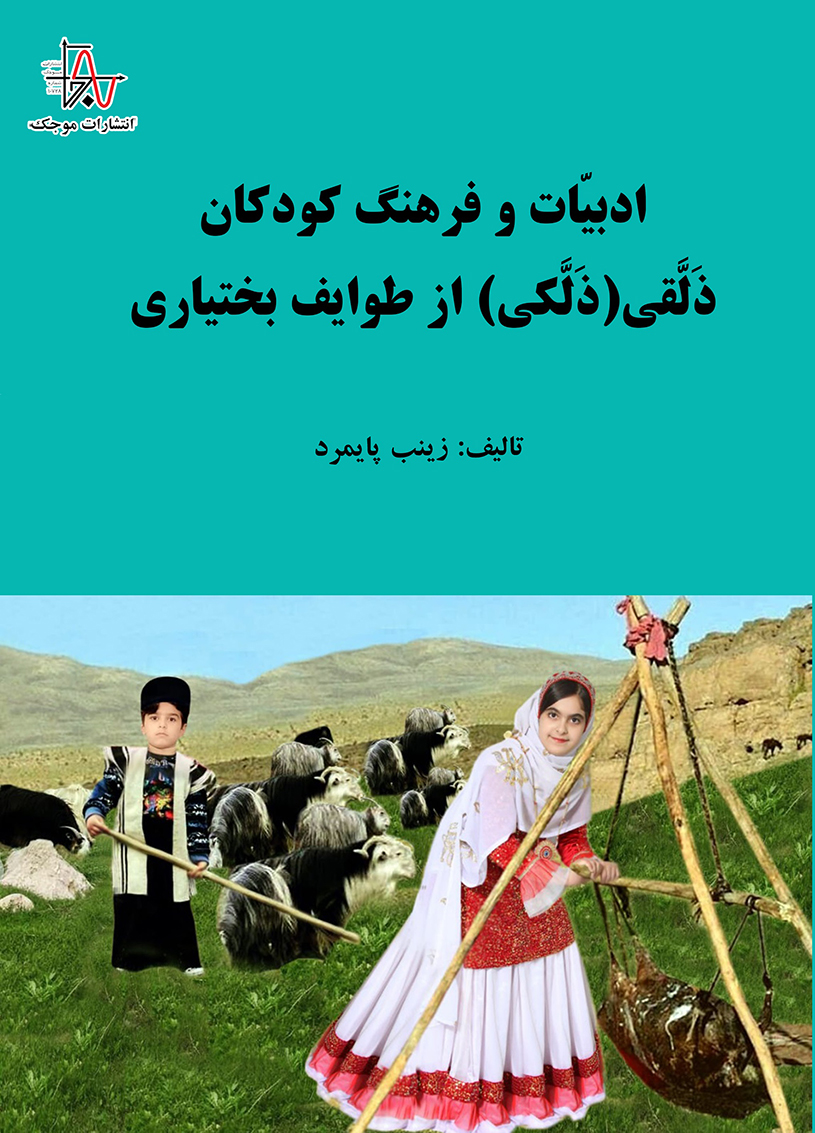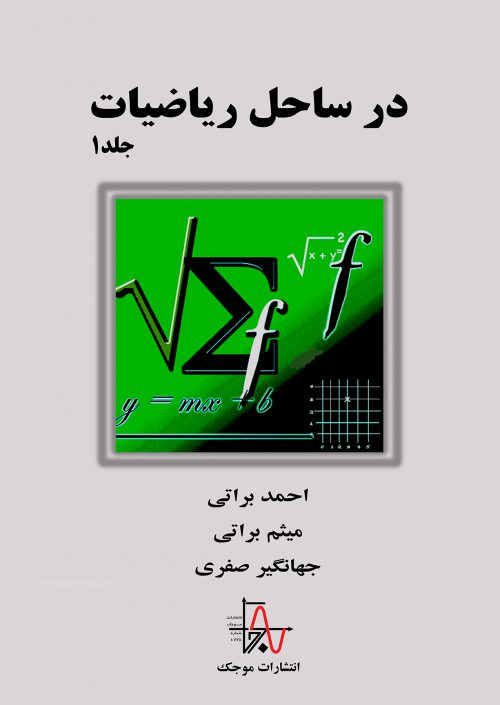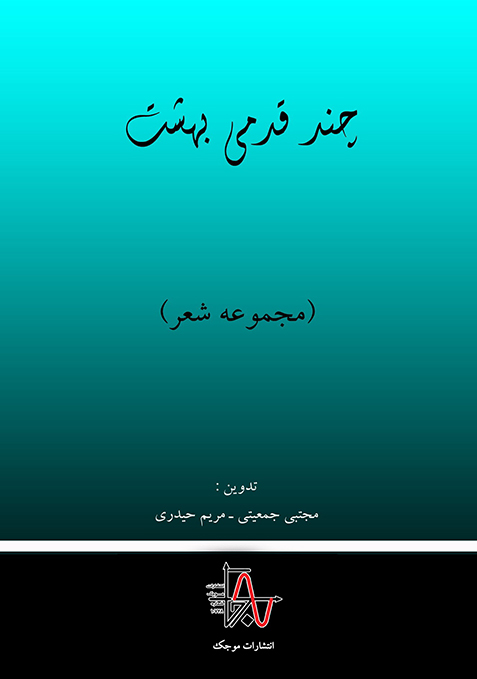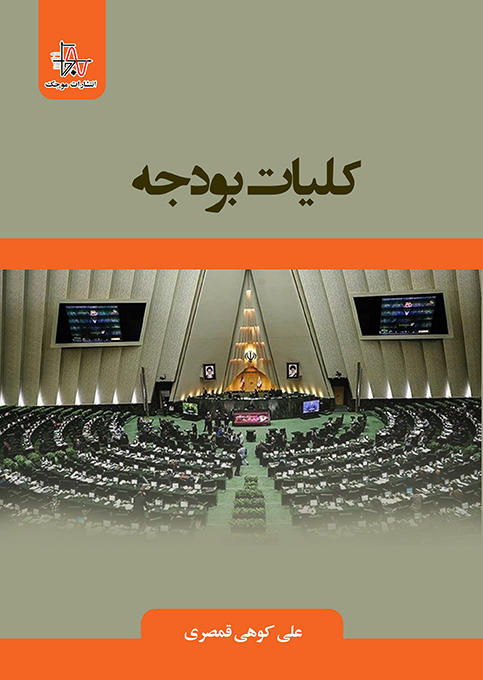ناشر : انتشارات موجک
کد کتاب : M776
عنوان : ادبیّات و فرهنگ کودکان ذَلَّقی(ذَلَّکی) از طوایف بختیاری
تالیف : زینب پایمرد
مشخصات ظاهری : ۳۰۰ صفحه، قطع وزیری
چاپ اول : بهار ۱۴۰۱، تيراژ : ۵۰۰ جلد
قيمت : ۳۷۲۰۰۰۰ ريال، شابک : ۴-۴۴۸-۹۹۴-۶۰۰-۹۷۸
حقوق چاپ و نشر برای ناشر محفوظ است.
————————————————————————————————————————————————————————————————————————–






نقد و بررسیها
هیچ دیدگاهی برای این محصول نوشته نشده است.